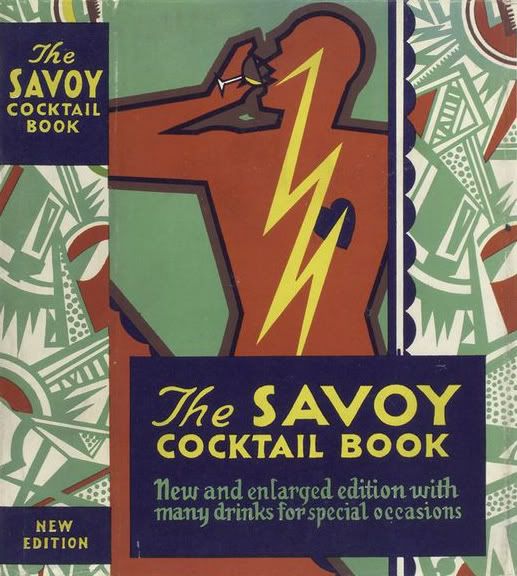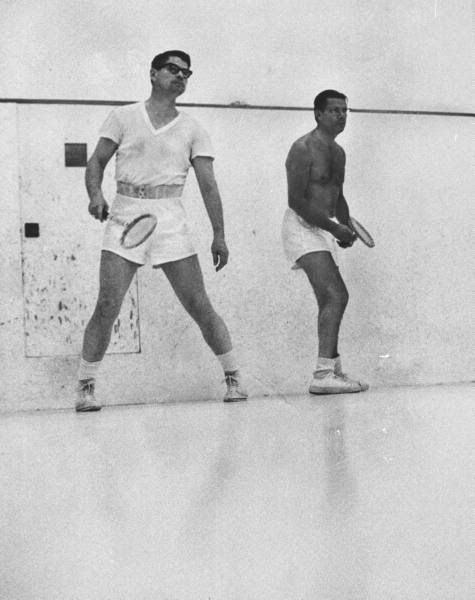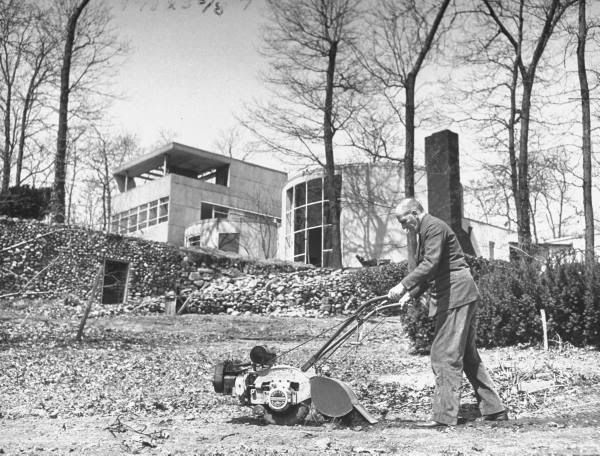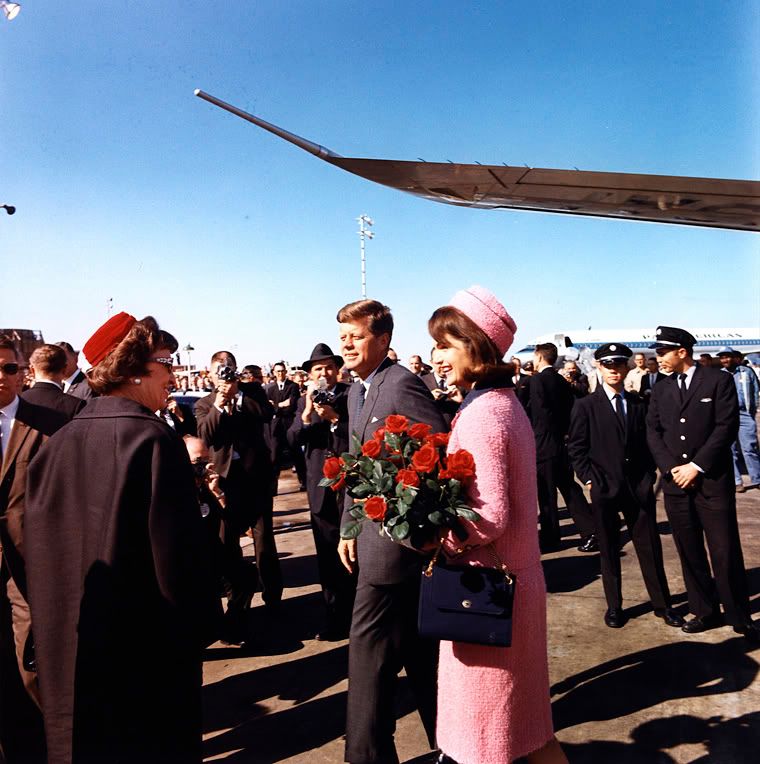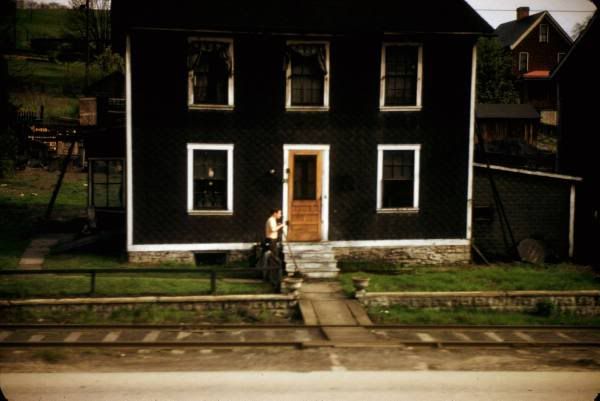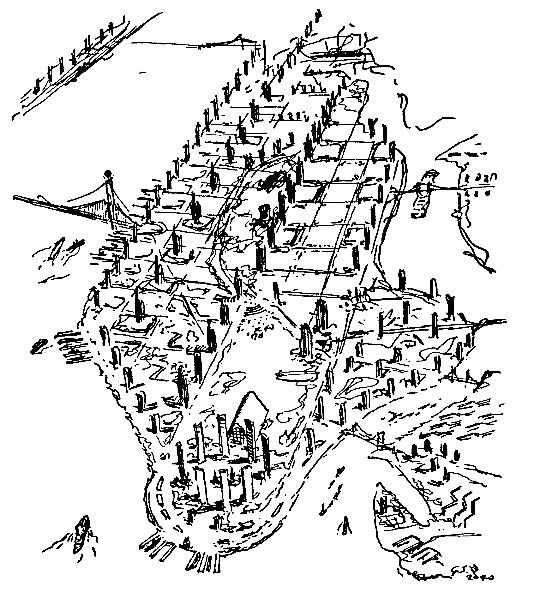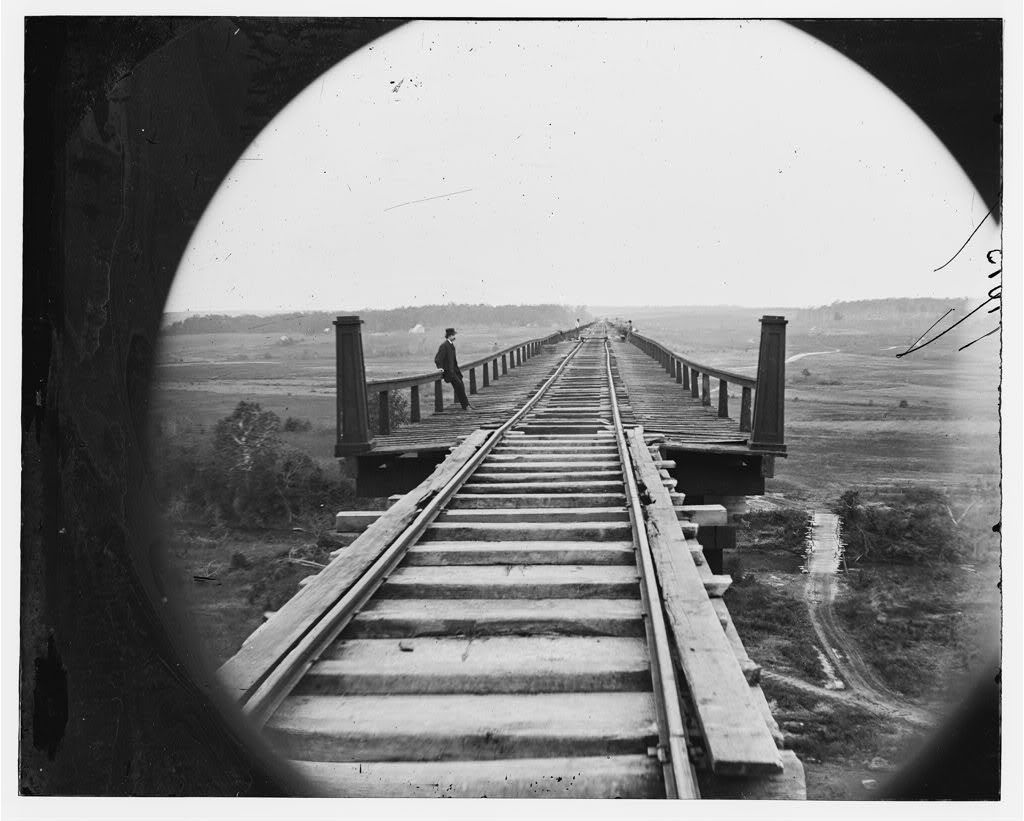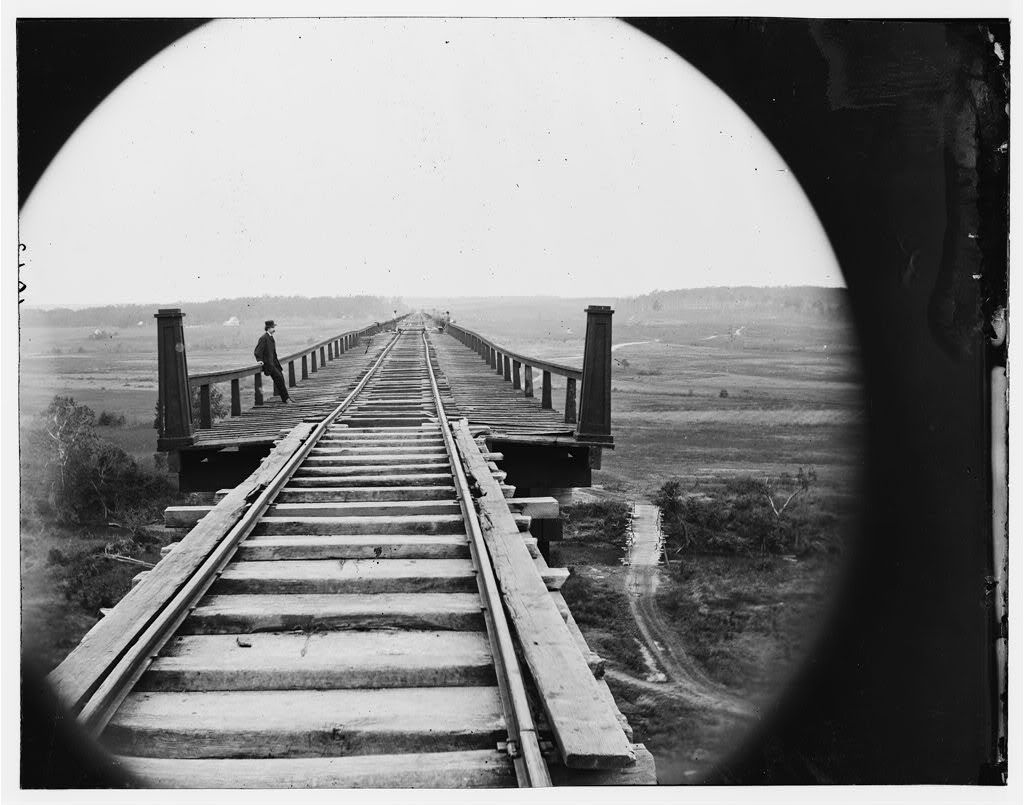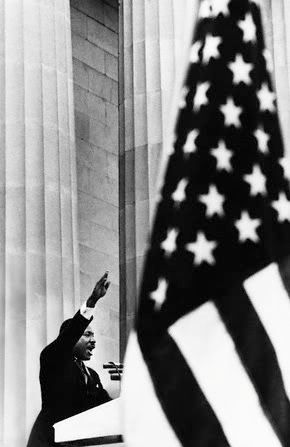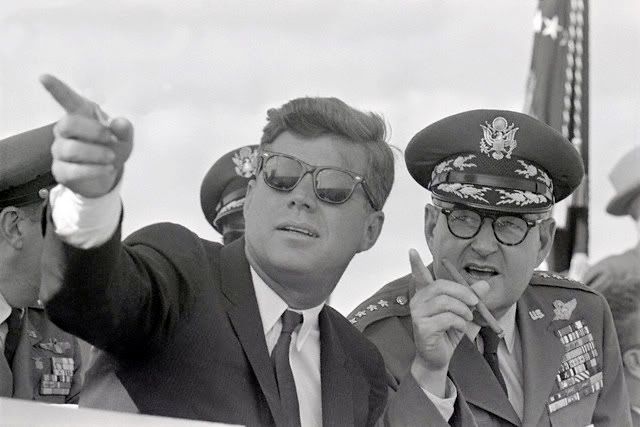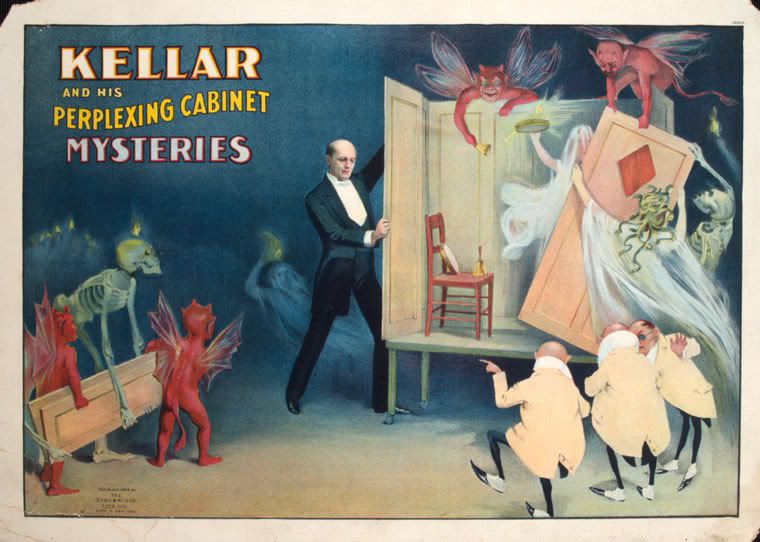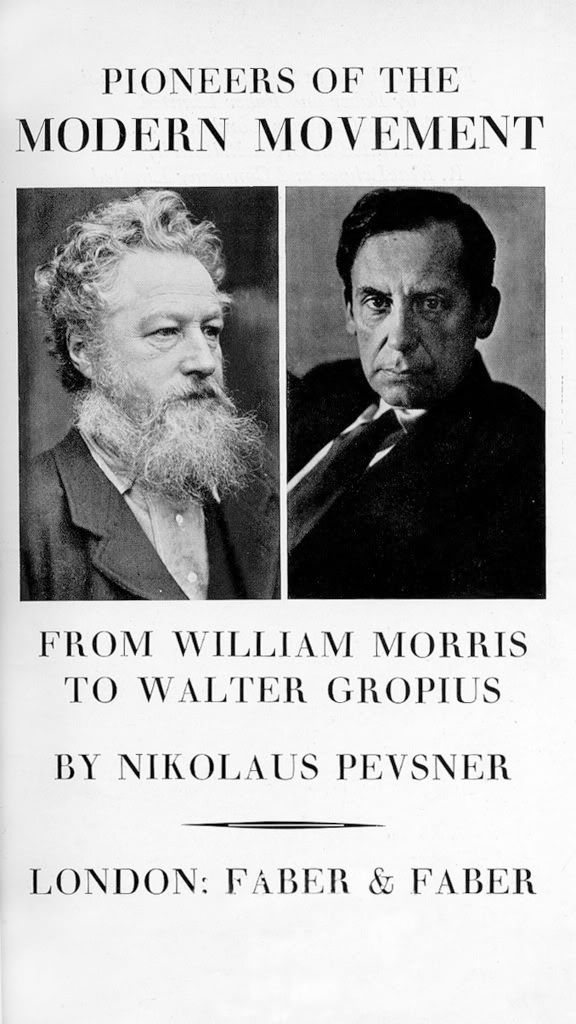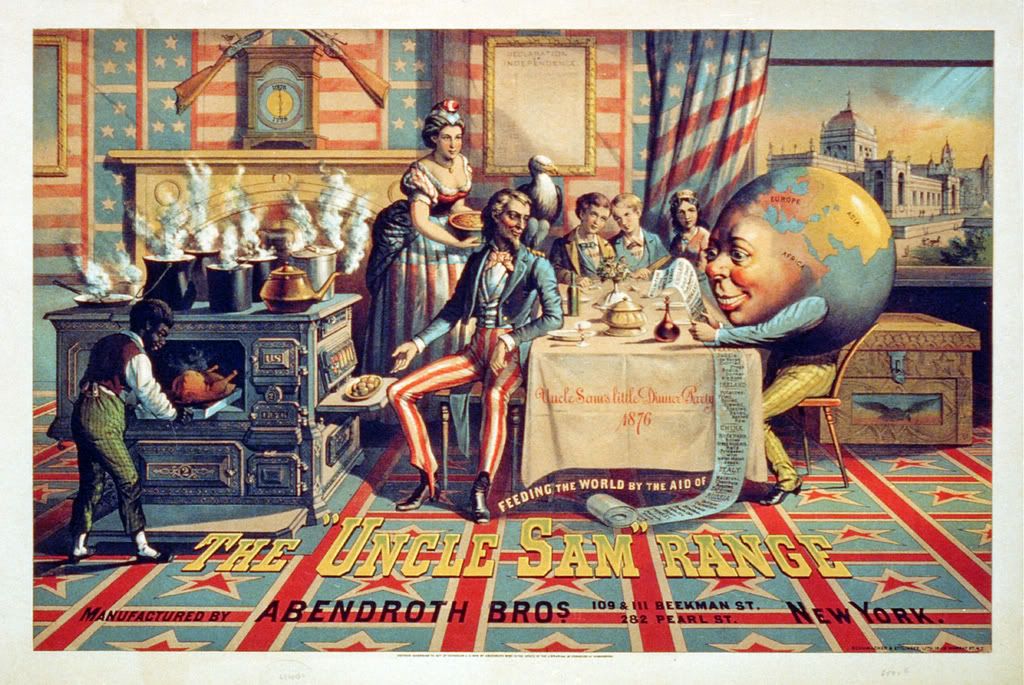Manny Farber
(1917-2008)
Visual Arts 188 exam from taught by Farber at the University of California, San Diego [early 1970s]
OBJECTIVE QUESTIONS
1. How many characters does Herr R. bludgeon when he runs amok?
2. Who are the characters Herr R. bludgeons when he runs amok?
3. Rank the following films in terms of the amount of objects likely to be found in a scene from their movies: a. Resnais' MURIEL or any of his film; b. Jancso's RED PSALM; c. Duras' DESTROY, SHE SAID.
4. How much (much, some, little, or none) camera movement is in the following films? a. DESTROY, SHE SAID; b. Godard & Gorin's LETTER TO JANE; c. Fassbinder's WHY DOES HERR R., d. Snow's LA REGION CENTRALE; e. RED PSALM; f. MURIEL; g. Gehr's SERENE VELOCITY.
5. In what film does a camera run amok in a college classroom?
6. Every director in this course uses a long, continuous take in one form or another. One definition of the long take: a single piece of unedited film, which may or may not constitute an entire sequence. Identify the director who uses the long take to:
a. Suggest impersonal, all-over-the-body sexuality;
b. Create a ritual effect of religious mortification in a grassy land or hellscape;
c. Build a comic-strip essay about consumerism and housewife prostitutes in a combination nursery-brothel;
d. Build a picture of the stupefying daily rituals experienced by a family's breadwinner
7. A truly radical formalist makes a deep cut into film practice with at least one inventive maneuver, a way of assembling the elements of film that deeply affects his or her contemporaries. Identify the director.
a. He's adamantly against applied soundtracks. He did one film against the murmur of traffic, which supplies the tonal variations given to other films by a musical score. His is a purist's argument: if you can add a juke box in the background, why not add ten other layers of sound?
b. Still light years more emancipated than the erotic revelations of LAST TANGO IN PARIS. But that's not all he dared to do. By dispensing with tension and development, and using real time, he created an alternative to traditional movie language.
c. He's changed the image from fronted to engulfing. Compared to his movie, where the spectator is in a planetarium situation, engulfed by the dynamics of a very controlled camera, the spectator in other films is in a theatrical situation, removed at some distance from an event that is played toward him, billboard-fashion.
d. The director is exploring how far you can take a movie into becalmed quiescent territory. By emphasizing sensuous tactility (with tempered movements, mannered voices), this anti-aggression director questions the amounts of noise, zap, excitement that a movie needs.
8. A five-part question on the role of women: assign the correct director's name to the following treatments of women in these films:
a. They're usually romantic, anxiety-ridden, and fluttery; for instance, the glimpses of a darting woman in short intense moments, as though seen through a prism. They have an incandescent, luminous, feverish quality. The director emphasizes the plasticity of bodily and facial movements and is very sharp on the woman’s precise position within a situation that smacks of soap opera.
b. He stereotypes his peasants. Their arms often crossed demurely over their breasts, his women move within a divorced and simplistic treatment that sexually humiliates them. They’re always pretty and virginal, moving lyrically and silently through the cruel landscape.
c. Woman is the brainier, testier, wittier, and more active gender. She expresses herself in an incessant nasal drawl, taunting any males in the vicinity.
d. She is always stoical, right-minded, even the buxom-blonde in a lemonade stall in the railroad station – always a pure luminous person. There is never any sense of great contact, emotion, or conflict in her low-key, cooled-off effect. The stoicism comes partly from the sense of a figure pushed to the back of the shot by an angular feeling in the composition.
e. The Woman often seems sentimental, woebegone: a neutralized inexpressive face is supposed to keep your attention dispersed over the image of her environment. The dumb expression, the lacrymosity inherent in the tepid handling of a dish, a dress, or a word suggests a woman trivialized by her director.
9. Identify the movies which provide posterity with the following great lines:
a. “This is the face that says it knows a lot about something.”
b. “How many breakfasts in the Cafe Kroner?”
c. “I have nothing to say and my students sleep in class.”
d. “We’ll be leaving the neighborhood soon. My husband’s getting a promotion.”
e. “He’s going to come toward me, he’s going to take me by the shoulders, he’s going to kiss me…he’ll kiss me…and I’ll be lost!”
f. “You were made to the measure of my body.”
g. “No one’s ever crossed our family before.”
10. Draw the room in WAVELENGTH, the way it looks from the camera’s original setting; include (and label for clarity) all the important objects.
ESSAY QUESTIONS
1. There are there premises of this Radical Film course: (1) each movie is an example of a sustained austere form, (2) each director has discovered an image that evokes philosophical thought about the categories of being, and (3) each director has pushed at least one stylistic concern that has influenced or changed the working style of his contemporaries. How does Warhol, the most masked and cunningly defensive director in covering his tracks, answer all the requisites of this course? Fifty words more or less, and cover each premise.
2. Fassbinder and Warhol both use groups of people, long takes, and blatant color; yet in one the tensions within a group are emphasized, while the other exploits the freedom and anarchy within a group. What in their films shows this difference?
3. Michael Snow and Ernie Gehr are often called structuralists and minimalists because the restrict themselves to a barren empty space and build their films out of the raw material of this space. One way or another they try for a fresh perception. Show how by discussing in depth at least one film of each director. Keep in mind that this is a question about the development or manipulation of a perception.
4. This is a question about the philosophic meaning behind the movies in this course. WAVELENGTH (Mike Snow’s movie about a forty-five minute zoom from one end of a room to another) is a confrontation of real fact and movie fact, facing a spectator with an actual chair and the illusion of one, a real girl making a phone call and the “ghost” or filmic image of a girl transparently making a phone call. The verbal jousting in Warhol’s MY HUSTLER, the totally random life enclosed within the single frame of a small bathroom, makes you think of the difference between the most mundane, ordinary reality and the aesthetic reality of an abstracted single-frame movie. Using one or two or three sentences for each director, what is the metaphysical meaning behind Resnais’ MURIEL, any of the Straub films shown here, and Godard’s TWO OR THREE THINGS. (If you don’t know the answer to any part of this question, substitute another director studied in this course.)
[originally published in the May-Jun 1975 issue of Film Comment]
